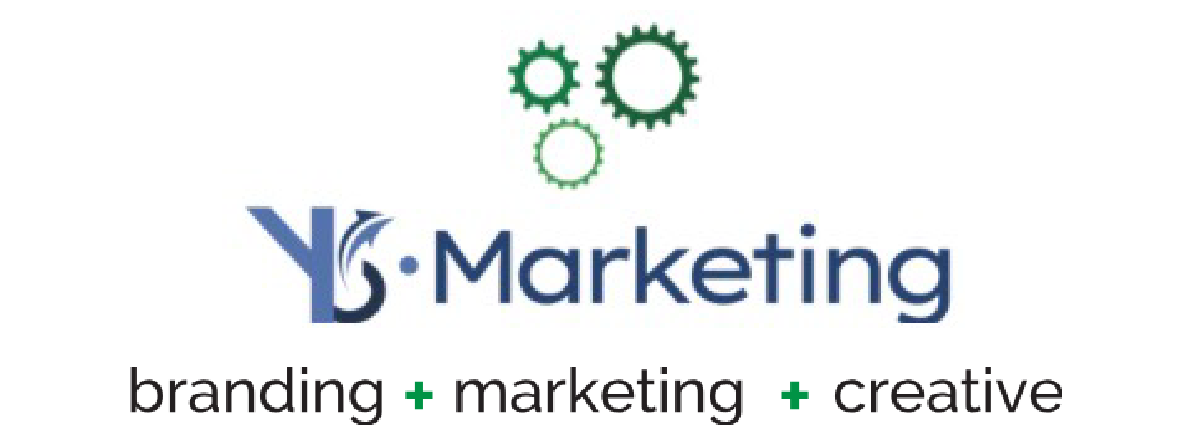Brand Evolution
 I really enjoy working directly with Encite’s small business clients. They are innovative, driven and hard working business people with a passion for their companies, industry and customers. My role as president of an advertising and marketing agency sometimes requires me to be in confrontational situations or have uncomfortable conversations. This is the nature of the business. All my clients know, however, that I have their best interests at heart. I am not shy about letting my opinion be known.
I really enjoy working directly with Encite’s small business clients. They are innovative, driven and hard working business people with a passion for their companies, industry and customers. My role as president of an advertising and marketing agency sometimes requires me to be in confrontational situations or have uncomfortable conversations. This is the nature of the business. All my clients know, however, that I have their best interests at heart. I am not shy about letting my opinion be known.
Clients are very protective of their companies and with good reason. These businesses are their income and livelihood that provide for their families. It is understandable that they want to be involved in every aspect of the business. However, at times their obsession and possessive nature can be detrimental to the marketing process. Which is when those uncomfortable conversations and confrontational situations tend to occur.
Marketing agencies are hired because of their expertise in the field. Just like a dentist, attorney or plumber, their capability and skill in this area qualifies them to make decisions that are beneficial to their clients. Differences of opinion are common, however, but a good advertising agency takes an objective view on creative and strategic projects. The firm must observe each project from the point of view of the customer and ask themselves is the project speaking to the customers needs, wants, values, morals and principles.
This brings me to the topic of today’s blog post. Good creative agencies provide a brand guide to their clients that outline how the visual elements of a corporate identity should be used, which colors can be applied and the types of fonts to utilize to ensure the consistency and cohesiveness of the mark. A brand guide should be followed religiously and rarely, if ever, be deviated from. The marketing agency should also design a brand so that identity has “legs”. These legs will allow a brand to evolve with innovative marketing initiatives, new advertising vehicles and changing sales techniques, which are very hard to predict. A design system that was conceived 20 years ago could have never foreseen what advances there have been on the web, social media and online advertising. Some brands that don’t have any legs are at a disadvantage in the new spaces. So how does a brand tackle a problem such as this? How does a business follow their brand guide while also being active in new marketing and advertising spaces?
The answer is not easy. The correct course of action would be to re-brand the entire business. This takes a good deal of time and money that most businesses don’t have or haven’t planned for. The second, but less acceptable option would be compromise. Businesses need to weigh the pros and cons of straying from their brand guide against not participating in the new channels. As long as you are using some element of the mark in these spaces, I believe a slight departure from your guide won’t be detrimental to your identity or business. It would be much more damaging to your revenue, profit and earnings by not participating.
So there is a time to break the rules a little bit. Just make sure it isn’t a habit.
